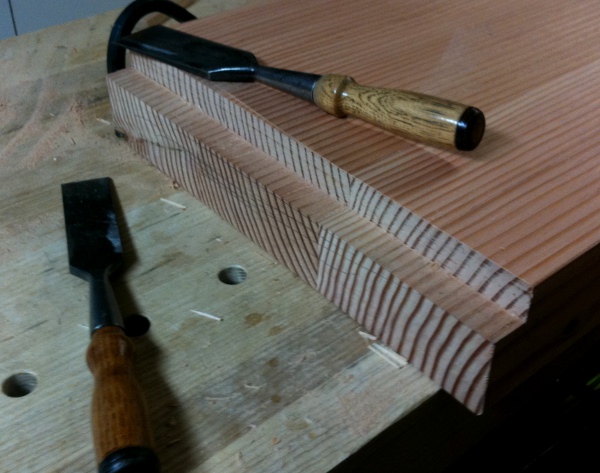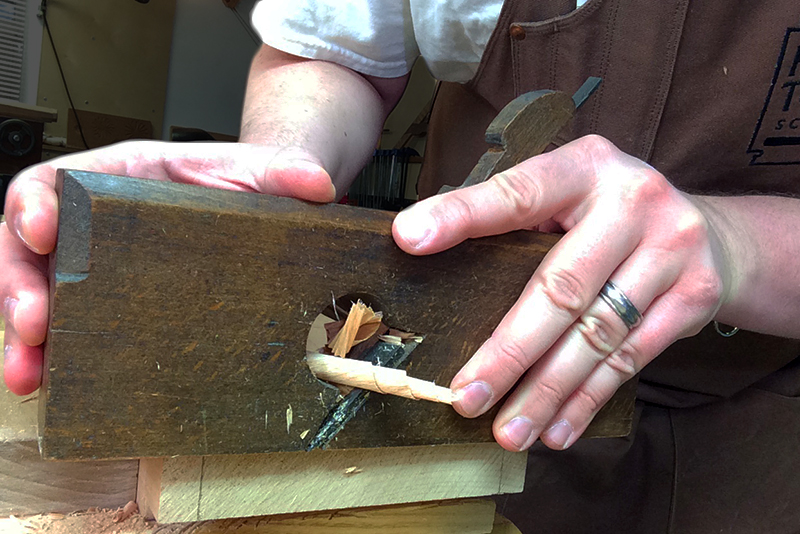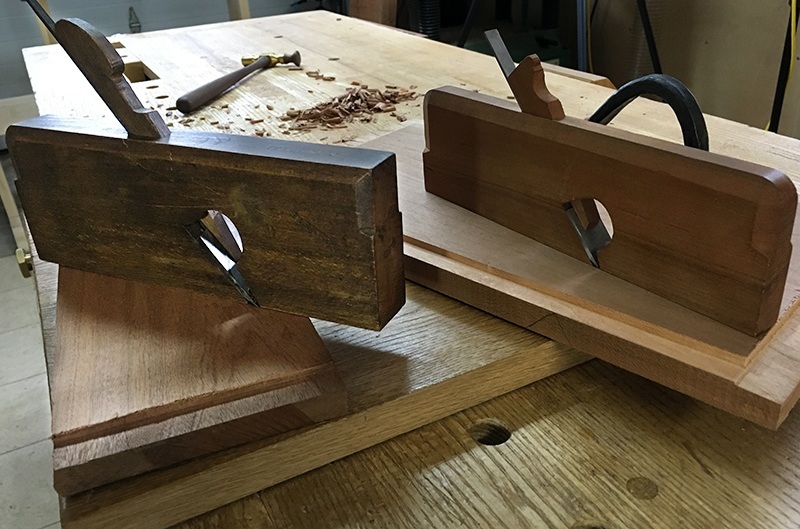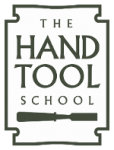Shoulder Planes vs Rabbet Planes
Shoulder Planes Work Great on Tenon Shoulders
Go figure right? The shoulder plane does what its name suggests. Rabbet planes likewise make great rabbets both with and across the grain. Shoulder planes are not good at this work, unless you have already done much of the job with another tool. This is think is the key defining element of a shoulder plane: it really belongs in a power tool shop where hand tools are used to dial in a fit or shape. As a hand tool user solely I really do not have a reason to use shoulder planes and find that rabbet planes or chisels do all the same tasks even better.
I a blog post I wrote years ago I highlighted the things that you might want to do with a shoulder plane. In this video I go over those points again and demonstrate where the shoulder plane comes up short and where a rabbet plane excels. Or in some cases just using a chisel gives you the best results.
Flattening and Squaring Tenon Shoulders
Here is where the shoulder plane excels and really what it was intended to do. But I find only the small variety of shoulder planes are good here and the medium and large models are just too bulky and difficult to control. But in practice I find a chisel still to be the best option here since most often I slightly undercut my tenon shoulders.
Trimming Tenon Cheeks
A shoulder plane has no business doing this work. Most often the tenon cheek is too large for even the large shoulder plane to tackle in one pass or even 3. Plus the longer wheelbase of the shoulder plane makes it difficult to not taper the tenon and you can't really see what you are doing. Instead I find the smaller rabbet block plane to give me much more control and a wider cut. Here again however, the chisel wins the day with its ability to remove material exactly where you need it with total visibility into where you are cutting.
Trimming End Grain/Cross Grain Rabbets (Filisters)
The tighter mouth and mass of a shoulder plane will prevent some of the tearing and rough cuts that might occur with a cross grain rabbet. Here again I would only employ the shoulder plane is the majority of the work had already been done with another tool and one that leaves a pretty smooth surface. In the hand tool shop where the filister is most likely chopped into shape, the rough surface of the rabbet floor and fine cut of the shoulder plane is inefficient. A coarsely set rabbet plane with skewed iron makes quick work leveling the rabbet floor and leaves a very clean cut. Even if I were to entirely form a rabbet with the rabbet plane (which I don't do) this is an efficient and clean process. The shoulder plane struggles here.
Cutting Rabbets
Yeah, no. Definitely not a place the shoulder plane. The plane clogs quickly and take too fine a cut. You could spend all day making a rabbet this way. The rabbet plane ejects the shavings cleaning and with a skewed blade you get faster, cleaner, and an easier to push operation. Even the straight bladed rabbet planes do a better job than the shoulder plane and this is an operation where I would form the entire joint with the rabbet plane alone. A shoulder plane could technically do this but it will take 10 times as long.







